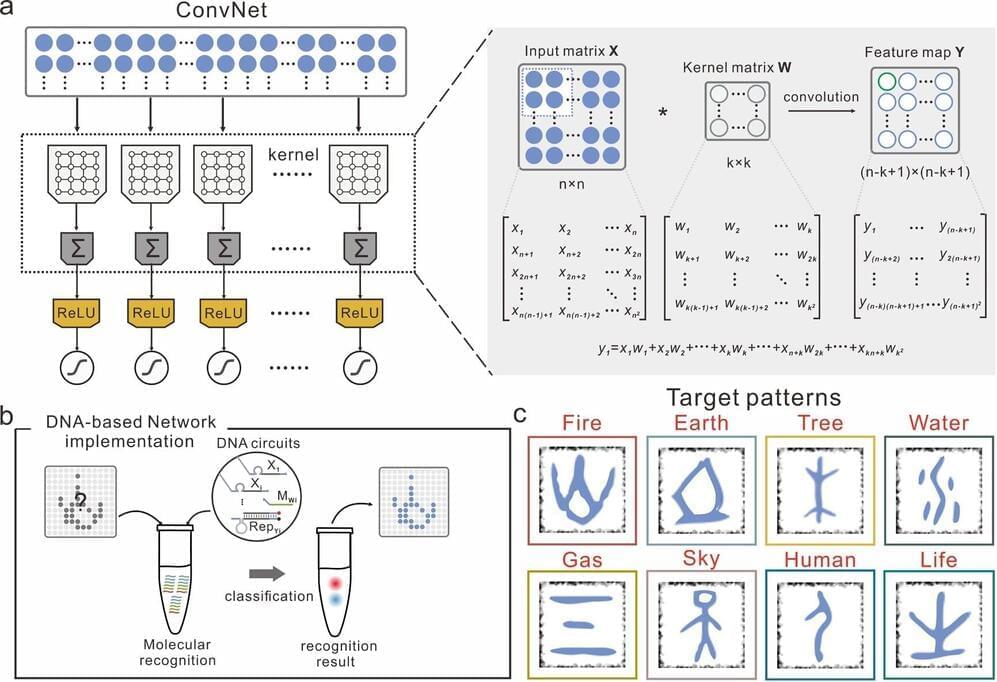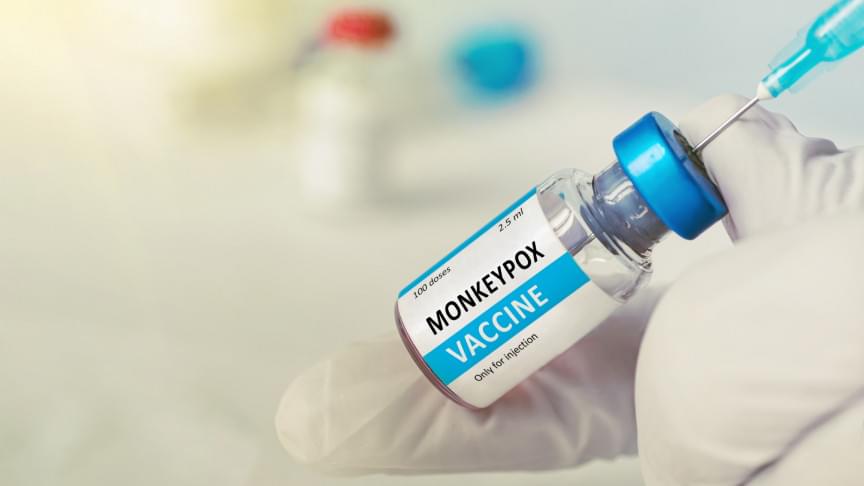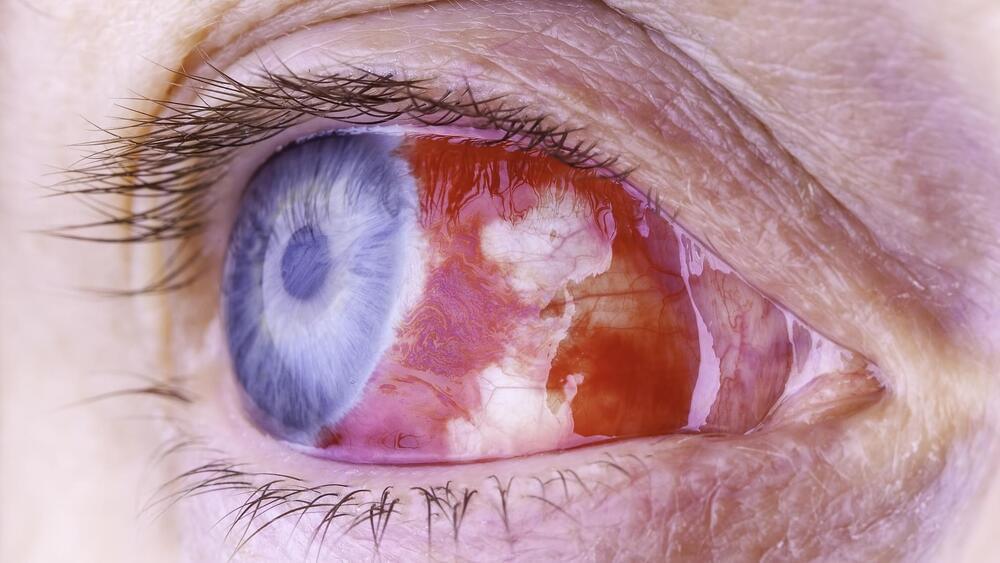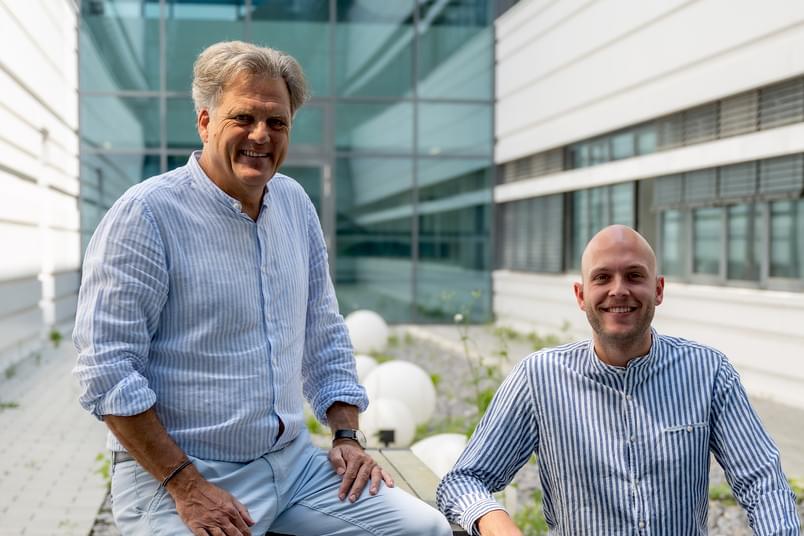Molecular computing is a promising area of study aimed at using biological molecules to create programmable devices. This idea was first introduced in the mid-1990s and has since been realized by several computer scientists and physicists worldwide.
Researchers at East China Normal University and Shanghai Jiao Tong University have recently developed molecular convolutional neural networks (CNNs) based on synthetic DNA regulatory circuits. Their approach, introduced in a paper published in Nature Machine Intelligence, overcomes some of the challenges typically encountered when creating efficient artificial neural networks based on molecular components.
“The intersection of computer science and molecular biology is a fertile ground for new and exciting science, especially the design of intelligent systems is a longstanding goal for scientists,” Hao Pei, one of the researchers who carried out the study, told TechXplore. “Compared to the brain, the scale and computing power of developed DNA neural networks are severely limited, due to the network size limitations. The primary objective of our work was to scale up the computing power of DNA circuits by introducing a suitable neural network model for DNA molecular systems.”






